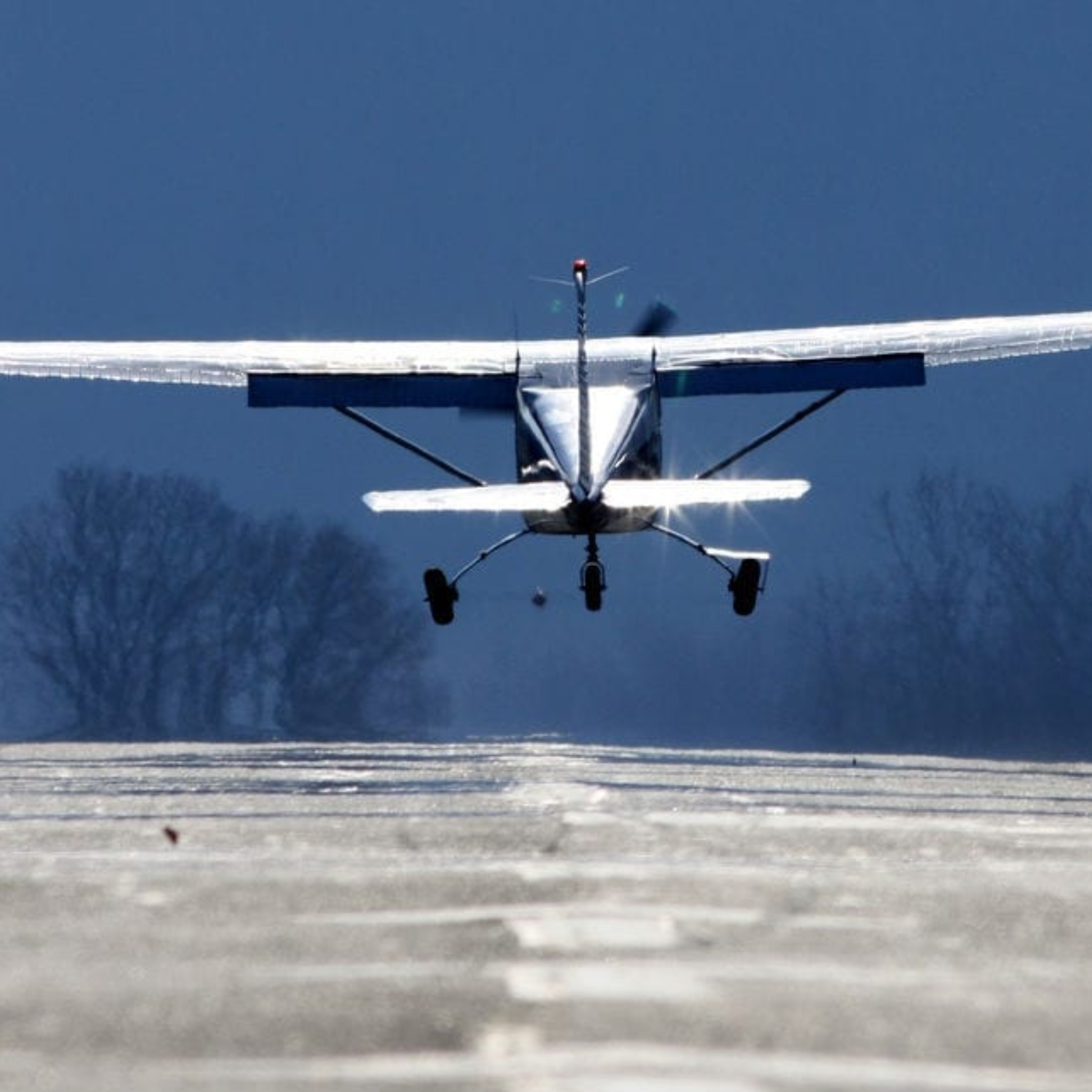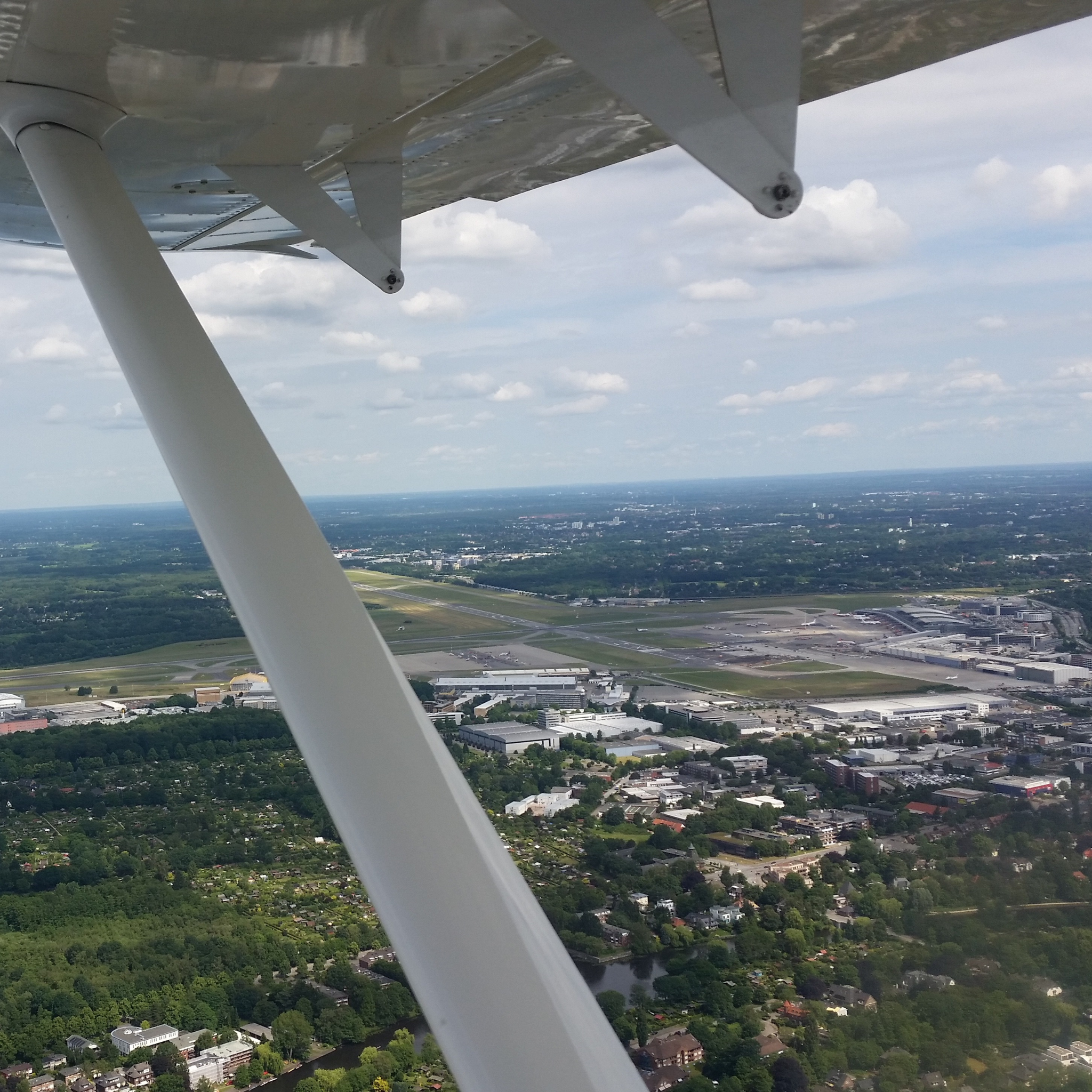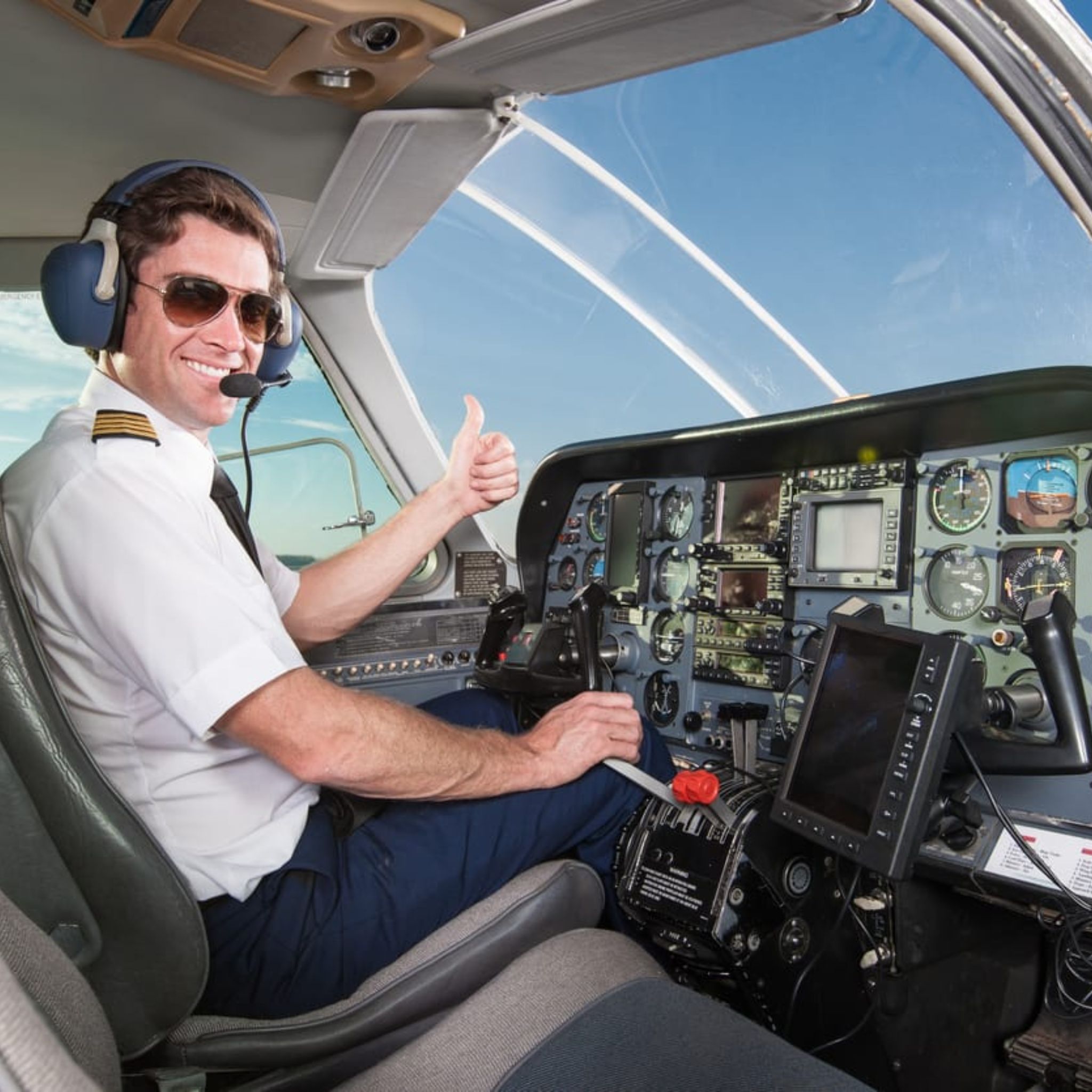
Essential Flight Acronyms Every Pilot Should Know
As pilots, we’re always juggling multiple responsibilities, from maintaining situational awareness to monitoring the aircraft's systems and ensuring safety for everyone on board. In the sky, even the smallest oversight can have serious consequences. That’s why we rely on acronyms—those handy little memory aids that keep us on track during every phase of flight.
At Arco Aviation, we’re passionate about not only providing the best equipment for pilots and aviation enthusiasts but also about sharing knowledge that enhances safety and confidence in the cockpit. Let’s explore some of the most popular flight acronyms, why they’re ordered the way they are, and why they’re essential tools in every pilot’s arsenal.
FREDA: The Backbone of In-Flight Checks
FREDA is one of the most well-known acronyms we pilots use, and it serves as a core reminder to check critical systems during flight.
- F – Fuel: Quantity, pump, and tank selection. Fuel management is crucial to prevent surprises—running low on fuel mid-flight is a mistake no one wants to make.
- R – Radio: Frequency and settings. Whether we’re talking to ATC or monitoring traffic, proper communication is key.
- E – Engine: Temperatures, pressures, and performance. The engine is the heart of the aircraft; catching anomalies early can prevent emergencies.
- D – Direction: Confirm compass and heading indicator alignment. This ensures we’re flying the correct course.
- A – Altimeter: Set the correct pressure (QNH or QFE) to maintain accurate altitude readings.
This sequence follows a logical progression. Start with the most immediate risk (fuel) and move through systems essential for safety and navigation. Without FREDA, it’s all too easy to forget one of these steps, especially in busy airspace or during turbulence.
BUMFFICH: Pre-Takeoff or Pre-Landing Essential
BUMFFICH might sound funny, but it’s no joke. This acronym ensures our aircraft is properly configured for takeoff or landing.
- B – Brakes: Off and tested. A critical step, especially on short-field operations.
- U – Undercarriage: Ensure the landing gear is down and locked (or up, if retractable and during takeoff).
- M – Mixture: Adjusted for takeoff or landing. A full-rich mixture is usually needed for maximum performance.
- F – Fuel: Confirm fuel is sufficient, the correct tank is selected, and the pump is on.
- F – Flaps: Set as needed for the phase of flight. Forgetting to deploy flaps for takeoff or landing can result in a dangerous situation.
- I – Instruments: Confirm instruments are aligned, set, and working.
- C – Carb Heat: Apply carburetor heat if necessary to prevent icing.
- H – Hatches and Harnesses: Secure all doors and windows, and ensure passengers are strapped in.
The order of BUMFFICH is designed to flow smoothly around the cockpit. We move from systems we can visually check (brakes, gear, mixture) to those requiring interaction (fuel, flaps, and instruments). This methodical approach ensures no detail is overlooked during these critical phases of flight.
ABCDE: When the Engine Fails
An engine failure is every pilot’s nightmare, but with the ABCDE acronym, we can manage the situation calmly and effectively.
- A – Airspeed: Maintain the best glide speed to maximize distance and time to assess the situation.
- B – Best Place to Land: Look for the safest landing site within range.
- C – Checklist: Troubleshoot the problem—fuel pump, carb heat, mixture, ignition, etc.
- D – Declare Emergency: Contact ATC or squawk 7700 to alert others.
- E – Execute Landing: Commit to a landing site, and prepare for the best possible outcome.
The order here is crucial. Maintaining airspeed is always the top priority—an uncontrolled descent can turn an emergency into a catastrophe. Once the aircraft is stable, we focus on identifying a landing site and troubleshooting the problem. This logical flow keeps us focused and prevents panic from setting in.
Why We Pilots Depend on Acronyms
Flying involves managing countless tasks, and even the most experienced pilots can overlook something when under pressure. Acronyms serve as mental checklists, providing structure and consistency to our operations. They also act as a safety net in stressful situations, ensuring critical checks aren’t forgotten.
Without acronyms, imagine the chaos: trying to recall every individual system and step in a high-stakes moment would be overwhelming. Acronyms streamline our workflow, freeing up mental bandwidth for decision-making and situational awareness.
How You Can Use Acronyms to Fly Safer
For student pilots, mastering acronyms like FREDA and BUMFFICH early on builds strong habits that last a lifetime. For experienced aviators, they’re a way to ensure consistency and safety, especially during high-pressure situations.
Having the right mindset is just as important as having the right equipment. Memorizing these acronyms and understanding their logic will make you a safer, more confident pilot.
We also encourage you to share your favourite flight acronyms or tips with us. Whether you’re a student pilot just learning the ropes or a seasoned aviator, we’re here to support you every step of the way.
Fly safe and stay sharp,
The Arco Aviation Team


